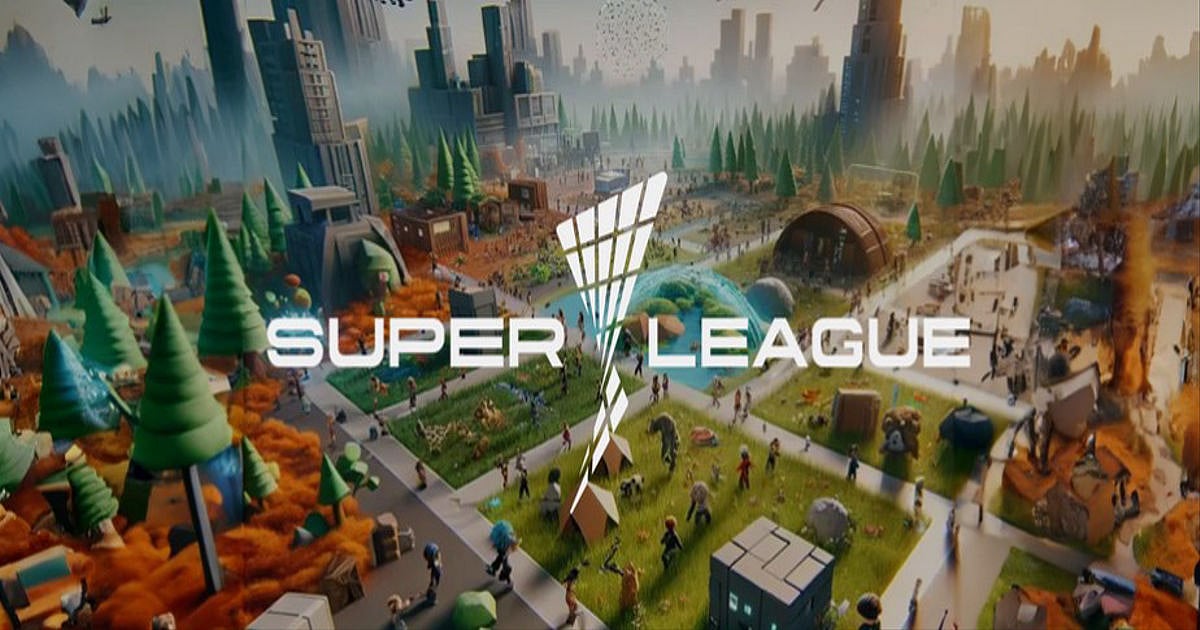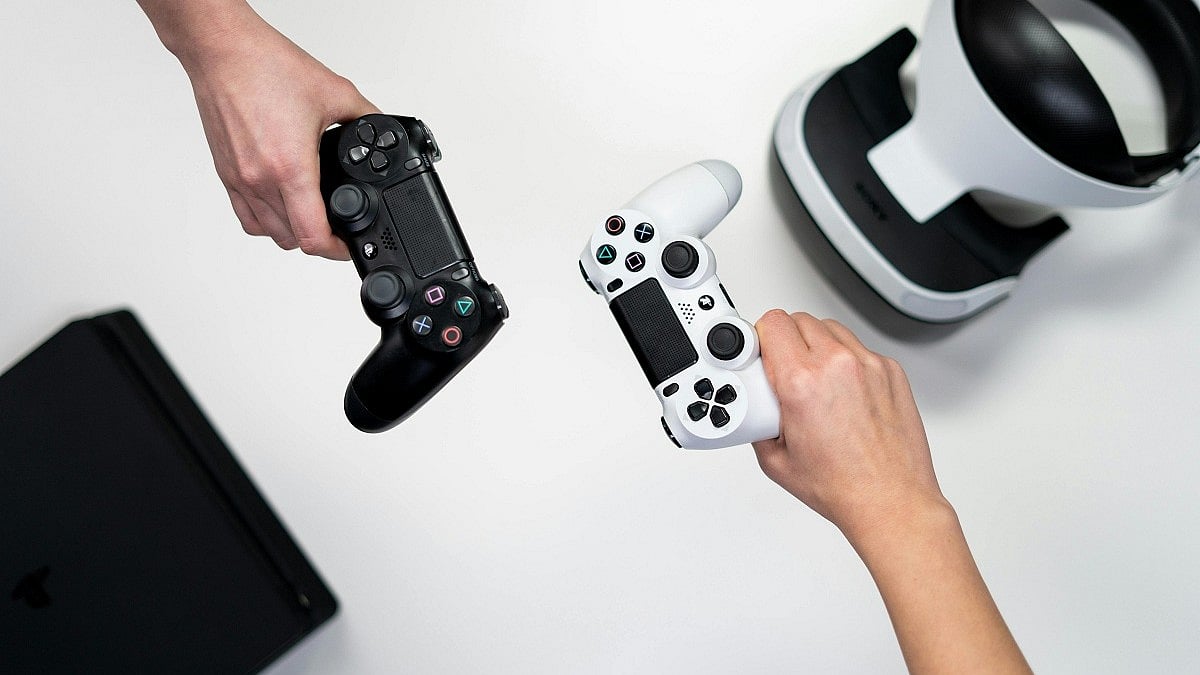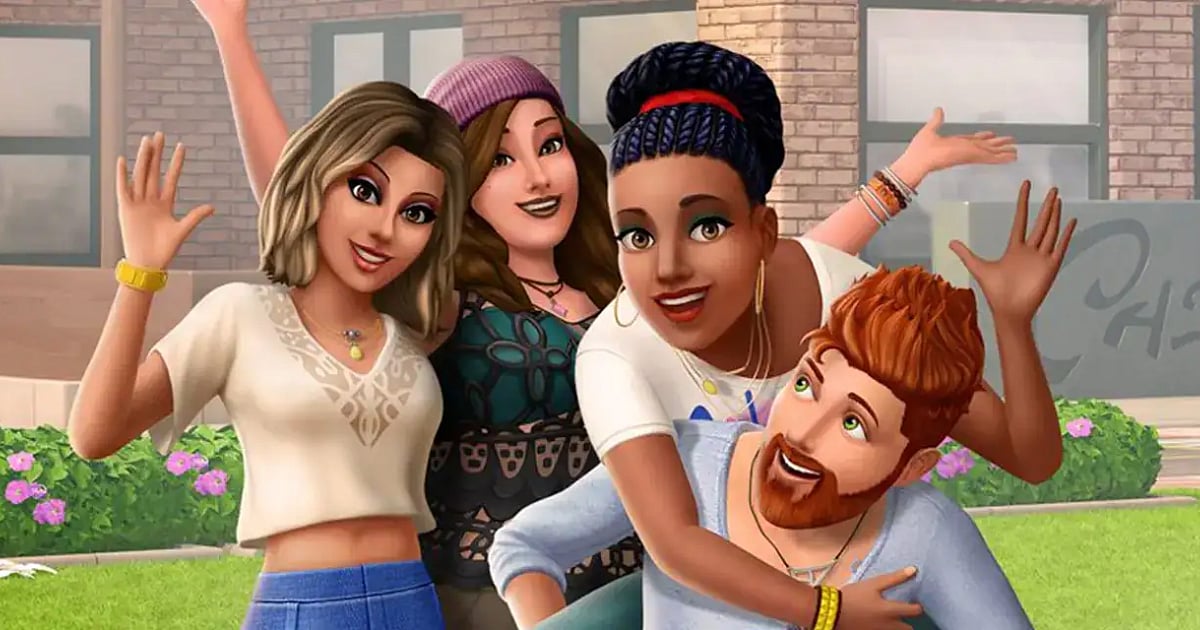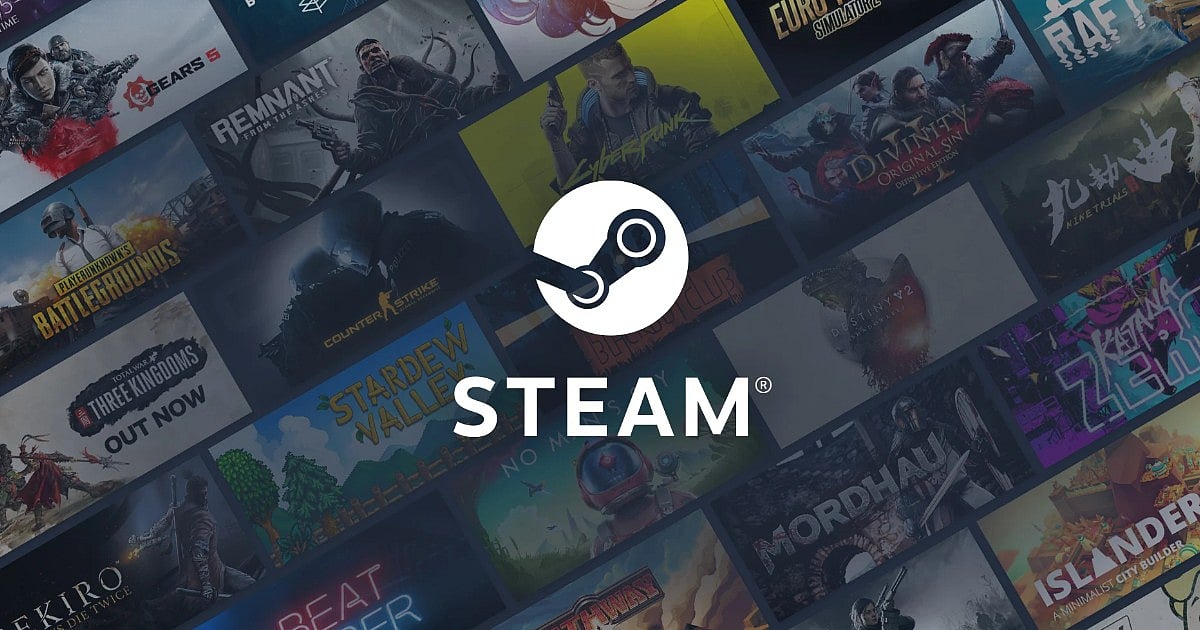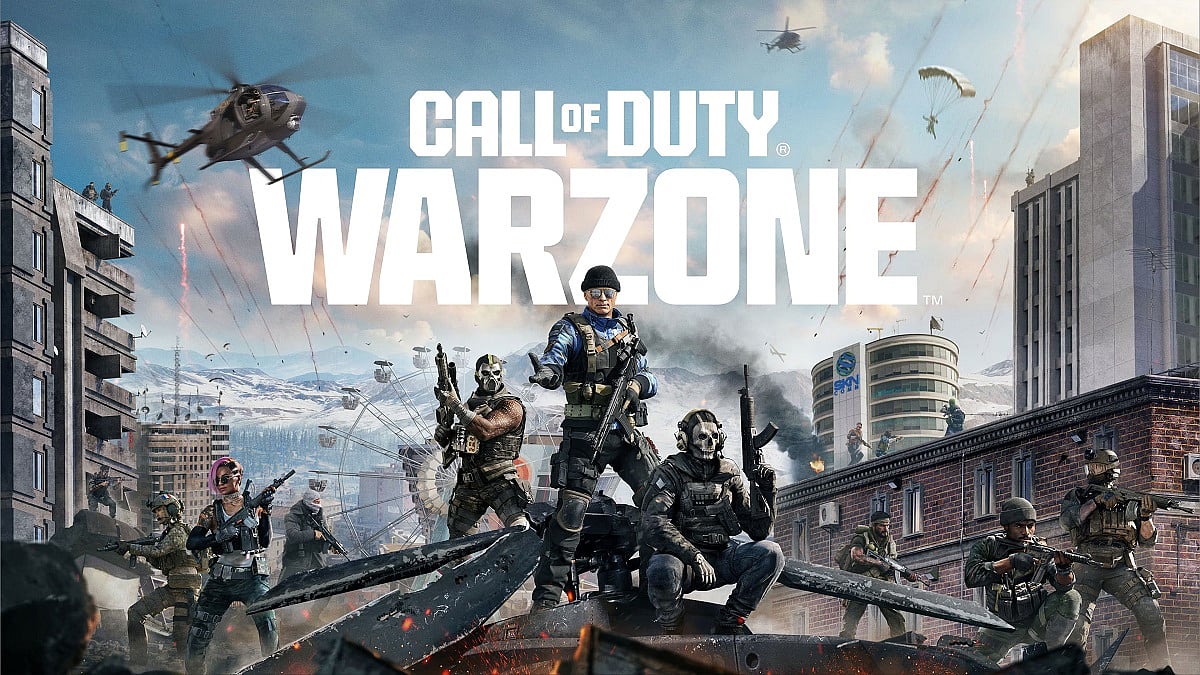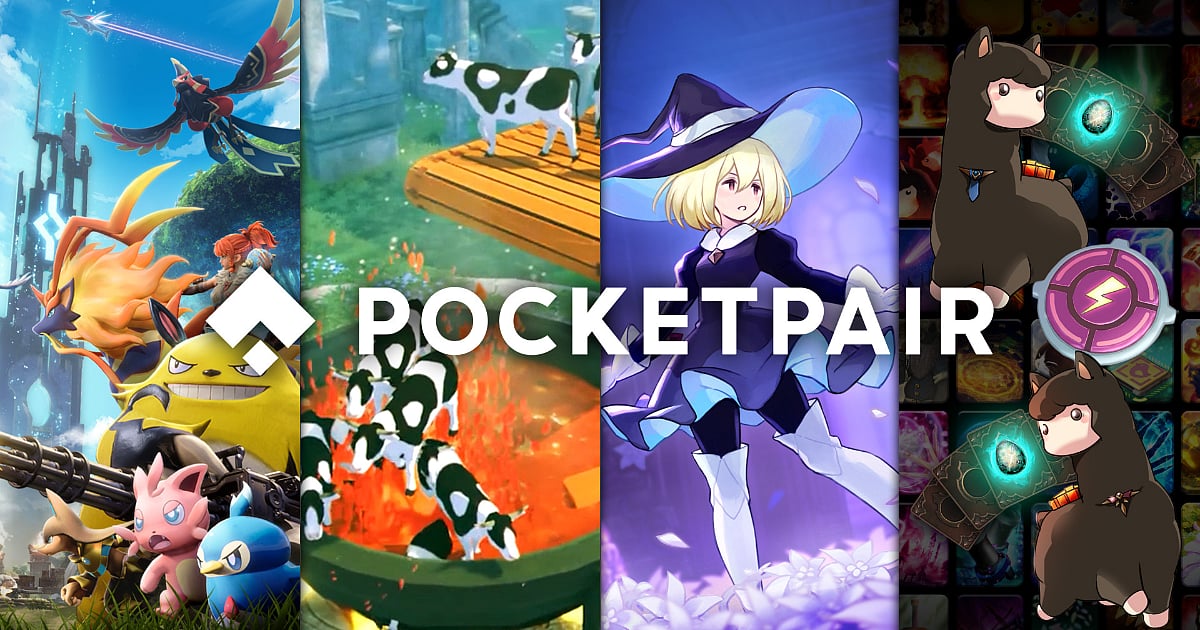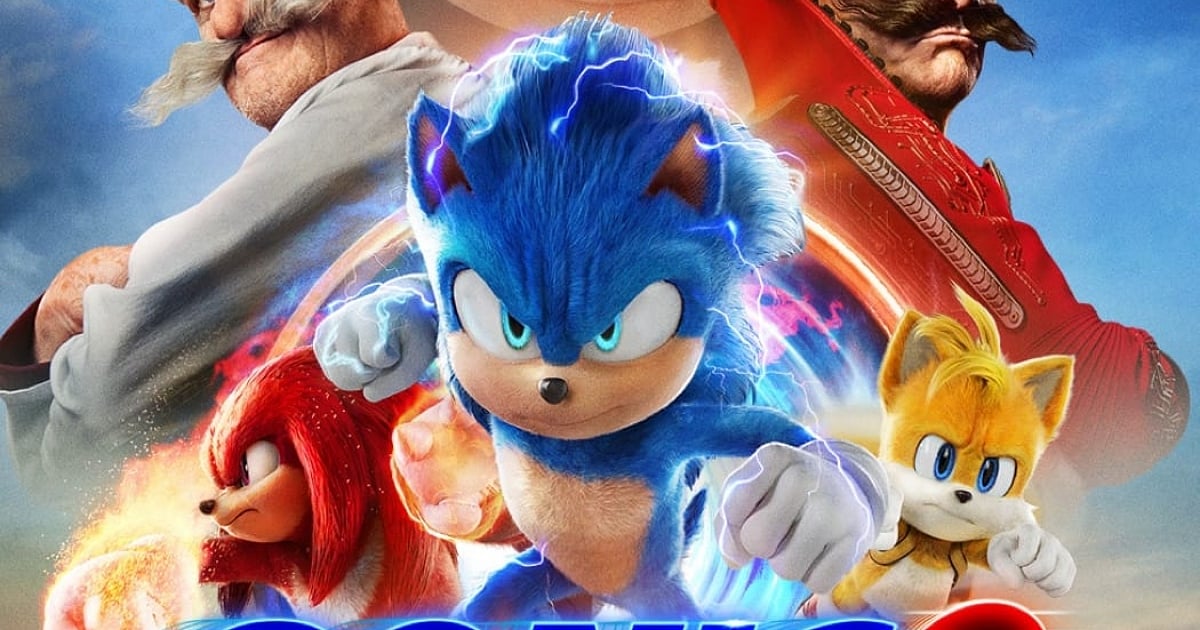
Sonic 4 speeding into 2027.
Why 2027 is the Tipping Point for Video Game Movies
Why 2027 is the tipping point for adaptations, as Hollywood finally respects the source material and original creators take the lead.
Highlights
- 2027 is poised to be a tipping point for video game adaptations, led by major films like Zelda and Sonic 4.
- Hollywood is finding success by involving original game creators and respecting the source material.
- Massive market value, new tech, and the "flywheel effect" (movies boosting game sales) are driving investment.
For decades, hearing the words "video game movie" made most of us cringe. We all remember the disasters: the campy 1993 Super Mario Bros film, the forgettable Street Fighter adaptation, and an endless string of soulless cash grabs.
But then, the tide shifted. Detective Pikachu proved it could work. Sonic the Hedgehog (after that infamous redesign) found massive success. HBO’s The Last of Us transcended gaming entirely, winning Emmys and silencing sceptics.
And The Super Mario Bros. Movie didn’t just break the curse; it pulverised it, grossing over $1.361 billion to become the second-highest-grossing animated film in 2023.
The curse is dead. Hollywood has finally cracked the code on interactive entertainment. And 2027 isn’t just another strong year; it’s the tipping point. It’s the year the video game adaptation matures into a full-fledged entertainment empire.
The "Shock and Awe" Slate
This isn’t a year with one or two hopeful hits. It’s an industry-wide crescendo. The volume and scale of 2027’s planned projects show that game adaptations are no longer niche; they’re central to mainstream entertainment strategy. The roster for 2027 reads like a gamer's dream.
Just look at the lineup. We are anticipating the Holy Grail: a live-action The Legend of Zelda film. It’s not alone: Sonic the Hedgehog 4 is also speeding in, as is a sequel to the Minecraft movie, which Warner Bros. has already fast-tracked, signalling massive studio confidence. The slate also includes Hideo Kojima's visionary Death Stranding adaptation and a potential live-action adaptation of Sony's own crown jewel, Horizon Zero Dawn.
And that’s not even counting the potential blockbusters like the Alex Garland-directed Elden Ring film currently in pre-production. This lineup rivals the previous high-water mark of 2016, which brought Warcraft, Assassin's Creed, and Ratchet & Clank to theaters.
The key difference? Today's adaptations are backed by proven theatrical successes. Beyond that, numerous other projects are underway, including films based on BioShock, Helldivers, Gears of War, Ghost of Tsushima, the indie hit Stray, and the cooperative adventure It Takes Two.

Nintendo
Hollywood Finally Found the "New Playbook"
Why did game adaptations suddenly get so good? Simple: they stopped ignoring the people who made the games. For the first time, the original creators are in the driver's seat, and studios are finally respecting the source material.
This shift directly addresses a long-standing audience demand for authentic storytelling where filmmakers deeply understand the games' narratives.
Nintendo's own Shigeru Miyamoto was a hands-on producer for the Mario movie. Neil Druckmann, the writer and director of The Last of Us games, was the co-creator of the HBO show. It turns out that when you let the creative masterminds behind the IP guide the adaptation, you get something that fans actually love.
Studios also got smarter about how they adapt games. A sprawling, 50-hour RPG like Fallout doesn't work as a two-hour movie. So, it becomes a prestige TV show on Amazon Prime, giving the story and world-building room to breathe.
Meanwhile, a character-driven adventure like Sonic or Mario is perfect for a big, family-friendly blockbuster. They're finally picking the right format for the right game.
The Tech Is Finally Here
There's another reason these adaptations feel so right: the technology used to make games is now being used to make movies. You know how The Mandalorian and Amazon's Fallout film those incredible worlds? That's "virtual production", an advanced technique that is becoming central to these projects.
Instead of a boring green screen, actors perform in front of massive, high-resolution LED walls running a game engine, like Unreal Engine. This means filmmakers can create the game's world live on set, matching the look and feel with perfect accuracy.
They can even use 3D models and assets directly from the game itself. The line between game engine and film camera has blurred, allowing for a level of visual authenticity that was impossible just 10 years ago.
The Money is Just Too Big to Ignore
Hollywood is a business. And right now, the video game business is the biggest in town. The global gaming market is expected to reach $200 billion in 2025. For risk-averse studios, adapting a game with a built-in audience of millions is the safest bet they can make. Studios are now viewing gaming IP as seriously as comic book properties.
Major developers are taking notice and doubling down. Nintendo reorganised a subsidiary specifically to handle film-related business after Mario's theatrical success, while Capcom has produced 21 film adaptations since 1994 and shows no signs of slowing. This is why we're seeing an escalating investment in digital entertainment, driven not just by studios but by streaming platforms, multinationals, and technology companies.
We're also seeing a powerful "flywheel effect". When the HBO show The Last of Us aired, sales of the game The Last of Us Part I shot up by a staggering 238% in the UK. The Cyberpunk: Edgerunners anime on Netflix famously saved the reputation of the game Cyberpunk 2077, sending player counts skyrocketing.
A good adaptation doesn't just make money at the box office; it sends a tidal wave of new and returning players back to the original game.

Netflix
What makes this wave particularly interesting is the cross-generational appeal of gaming franchises. Unlike properties tied to specific age demographics, games like Zelda and Sonic span multiple generations, creating nostalgia-driven viewership that translates into game repurchases and merchandise sales.
As Mario creator Shigeru Miyamoto said, "Games eventually stop running when newer versions come out, but films remain forever." This permanence creates a perfect, synergistic feedback loop, and studios are all in.
This all brings us back to 2027. It's the tipping point. With a landmark lineup, significant industry investment, and heightened audience engagement, this is the year the video game adaptation stops being a "trend" and becomes the new normal.
It's the year games don't just sit alongside Hollywood's biggest blockbusters; they are the blockbusters, redefining video games as a dominant cultural force for years to come.

Author
Krishna Goswami is a content writer at Outlook India, where she delves into the vibrant worlds of pop culture, gaming, and esports. A graduate of the Indian Institute of Mass Communication (IIMC) with a PG Diploma in English Journalism, she brings a strong journalistic foundation to her work. Her prior newsroom experience equips her to deliver sharp, insightful, and engaging content on the latest trends in the digital world.
Krishna Goswami is a content writer at Outlook India, where she delves into the vibrant worlds of pop culture, gaming, and esports. A graduate of the Indian Institute of Mass Communication (IIMC) with a PG Diploma in English Journalism, she brings a strong journalistic foundation to her work. Her prior newsroom experience equips her to deliver sharp, insightful, and engaging content on the latest trends in the digital world.
Related Articles
